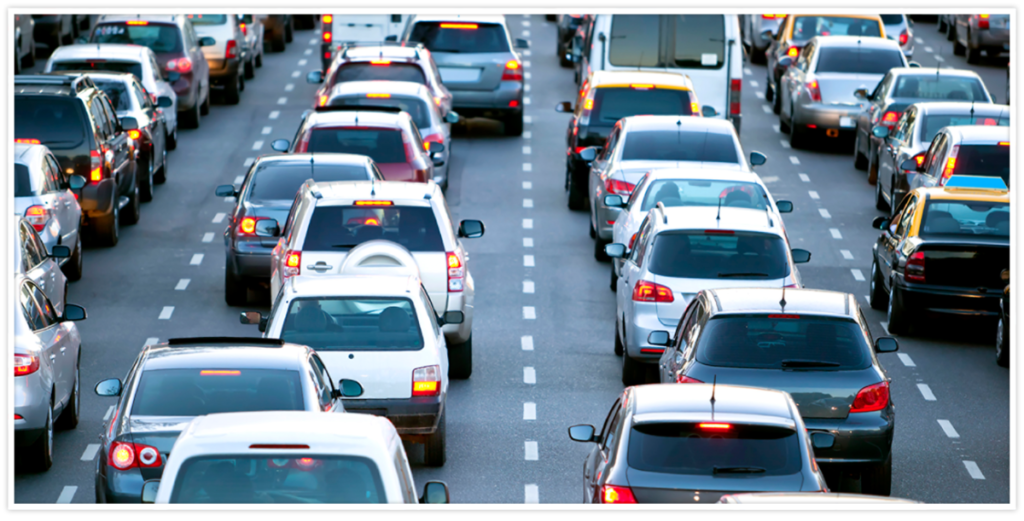 “The Green City”
“The Green City”
Johnson City, The Green City.
Those words used to adorn the top of the website for our beloved city. And why wouldn’t it be? Johnson City was the first city in Tennessee to have curbside recycling. As part of addressing the city’s flood mitigation, large swaths of land were returned to their natural state allowing the soil and grass to absorb excess water, letting their banks naturally spill over when water levels got too high, and using native trees to prevent soil erosion.
‘Green city’ conjures up images that both the left and the right enjoy. It means parks for our citizens. Smog and pollution mitigation so that we can all breathe a little easier. And trails so that everyone has a real opportunity to enjoy the natural splendor of our region. But is it all just talk?
WJHL reported on April 19th, 2019, (“New traffic signal, more turn lanes coming to busy Johnson City intersection”) about plans to manage the congestion that builds up on the People’s Street intersection. So, here is a great chance to put that mantra of green back at the forefront. The city’s preferred plan? Maybe a roundabout to manage the traffic? Increased transit to alleviate some of the traffic? Perhaps a look at how to redirect traffic around or promote more biking here? Nope. Their answer? A red light and reconstruction of the intersection with turn lanes.
By itself, installing a traffic signal isn’t such a big deal. But it speaks to the lack of vision that plagues our City Commission. This lack of vision extends to the State and Federal level, as well. All three look for the quick and easy answer. Tear up the roads, install lights which use electricity, run 24 hours a day regardless of the amount of congestion, and which may be susceptible to power outages and lines being brought down by increasingly powerful storms– which climate change will continue to cause. It also completely ignores the benefits of roundabouts– which don’t use electricity, allow for biking and pedestrian access– when properly planned and built, decreases the amount of wear and tear on vehicles, and most importantly reduces the amount of carbon put into the atmosphere from a car stopping and starting from a red light.
Again, this is one intersection. But it speaks to the city commission and their lack of proactive foresight. There are no plans to divest from fossil fuels. There isn’t a concentrated department whose sole focus is ‘greening’ the city. The city has put forward NO plans to join the Paris Accords, invest in renewables like wind and solar, or allocate funds to retrofit older and historic buildings making them more energy efficient.
What about transit? This would limit greenhouse gasses, create more opportunities to mitigate congestion, and help the most vulnerable among us have greater access to do their day-to-day work. Again, the city is silent. It’s transit system is anemic. It doesn’t run during hours when working parents can most utilize it. With the downpour of rain, few of it’s stops have benches much less weather protection. And there’s no thought put into it for those who require wheelchairs, walkers, or other walking implements.
At the end of the day, our commission isn’t focused on the needs of the entire city. It’s not focused on it’s future (even though climate scientists say our window to make radical change must be done by 2030– a mere 11 years away). Our city commission MUST take on the difficult and important task of creating a real comprehensive plan to address climate change here at the local level. For, as impressive as saying Johnson City has made it 150 years, it will be more impressive if this city can endure for another 150.

